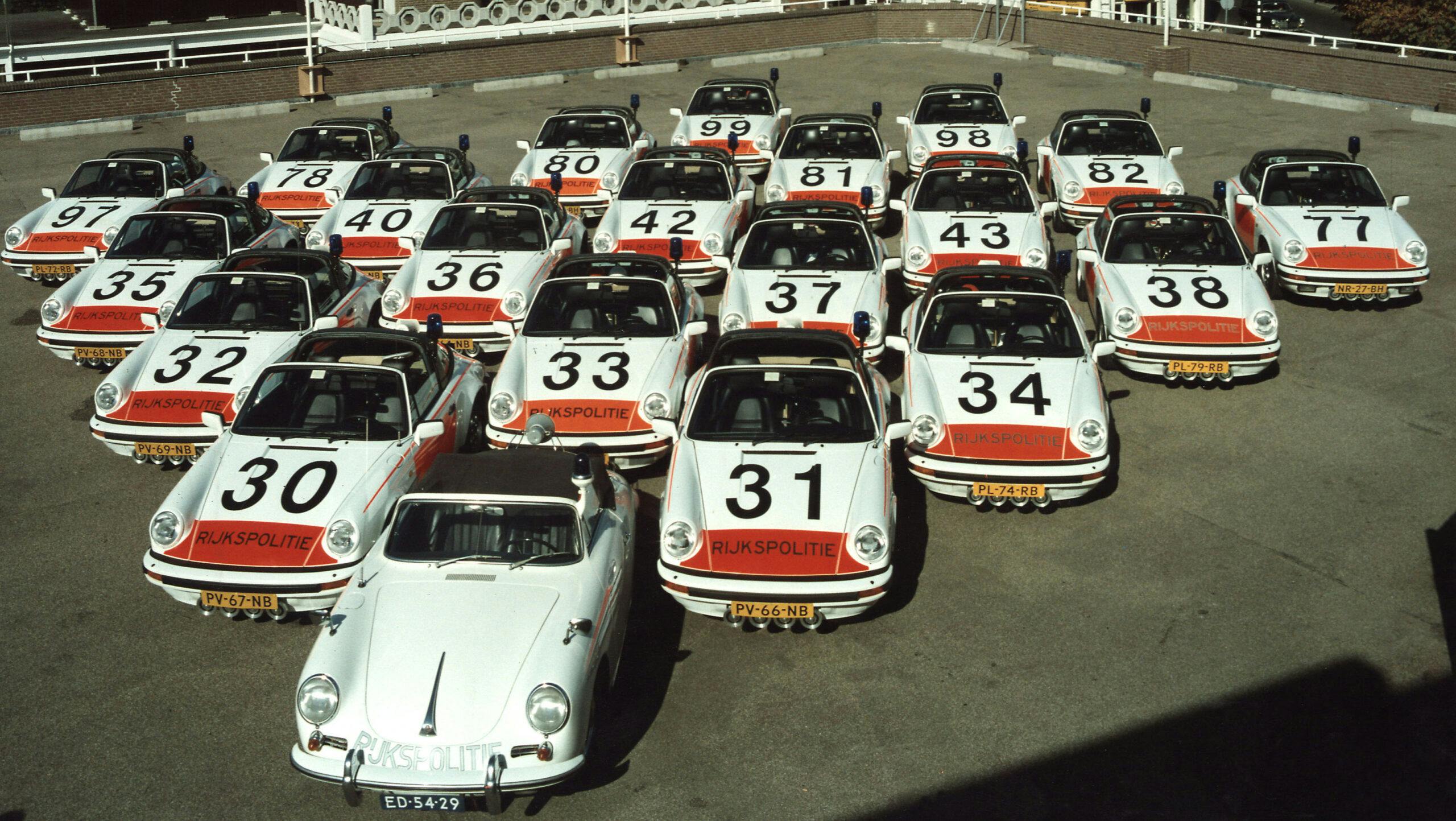Think of Farina, and what comes to mind? The glorious lines penned by the master designer Battista ‘Pinin’ Farina that became some of the most beautiful cars ever created? Or his nephew, Giuseppe ‘Nino’ Farina, the first Formula 1 champion, who drove his Alfa Romeo 158 from pole to top step of the podium at the British Grand Prix in 1950? Both these motoring icons are celebrated together in Automobili Pininfarina’s new limited-edition hypercar, the 1900hp Battista Edizione Nino Farina, unveiled for the first time at the 2023 Goodwood Festival of Speed.
Yep, you read that right: 1900hp, 2340Nm of torque, and 0–62mph in 1.86 seconds, quicker than an F1 car when it’s in the wonderfully named ‘Furiosa’ mode. As you can probably guess from those numbers, the ‘Nino’ is powered by four electric motors – one at each wheel. But as Dan Connell, Automobili Pininfarina’s chief brand officer told me, it’s not just a track machine.

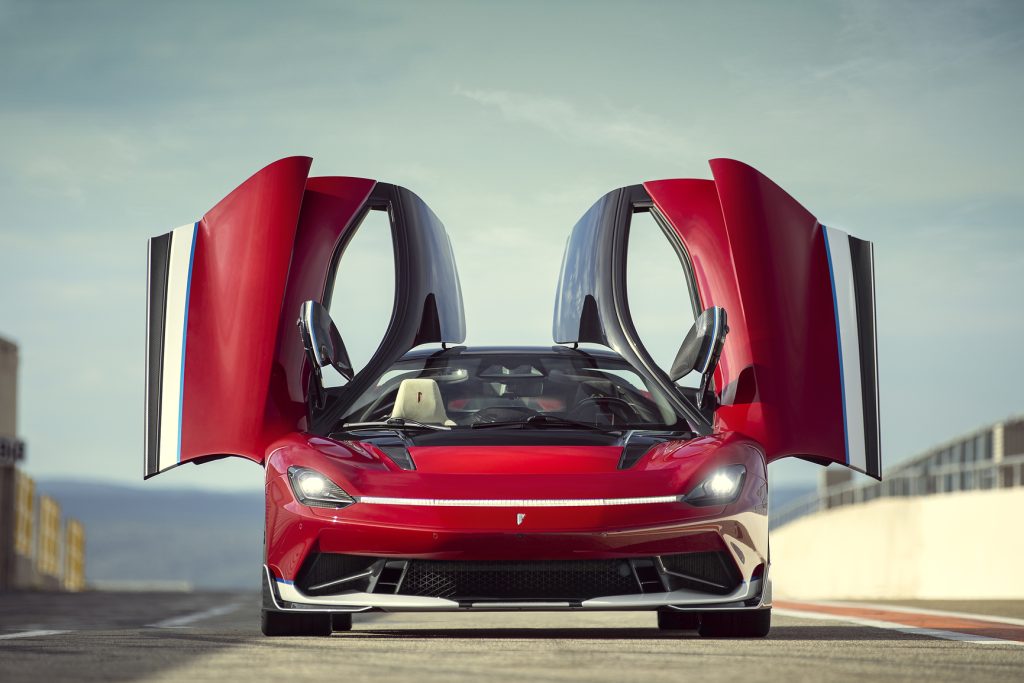
“The objective of this car is to be rewarding everywhere,” he explained. “You can choose between four different drive modes and explore a complete spectrum of power delivery and road-handling settings. Plus, it’s designed to be a grand tourer: It’s the most connected hypercar in the world. There’s luggage space and the interior is designed to be a comfortable environment.”
He’s not wrong. Sit inside the Battista Nino Farina and you feel like you’re in a car in which you’d love to explore its full 476km range: Alcantara ‘cannelloni’ seats that feel too comfortable for a car with such performance, a simple, functional dash, a USB port, and even cupholders. But what of the design, surely Automobili Pininfarina’s unique selling proposition? When I first saw the car, it didn’t jump out: Cover the badge, and it could easily be a new Ferrari, the brand that Pininfarina were so closely associated with for so long. But the environment where I first discovered the car was one of the most extraordinary automotive places on the planet: Goodwood’s Supercar Paddock. Around the ‘Nino’ were the ‘look at me’ hypercar showoffs: the Lamborghini Revuelto, the McLaren Solus GT, and the Batmobile-like Bugatti Bolide, one of the most striking car designs for many years. Compared to them, the Nino is a shrinking violet.
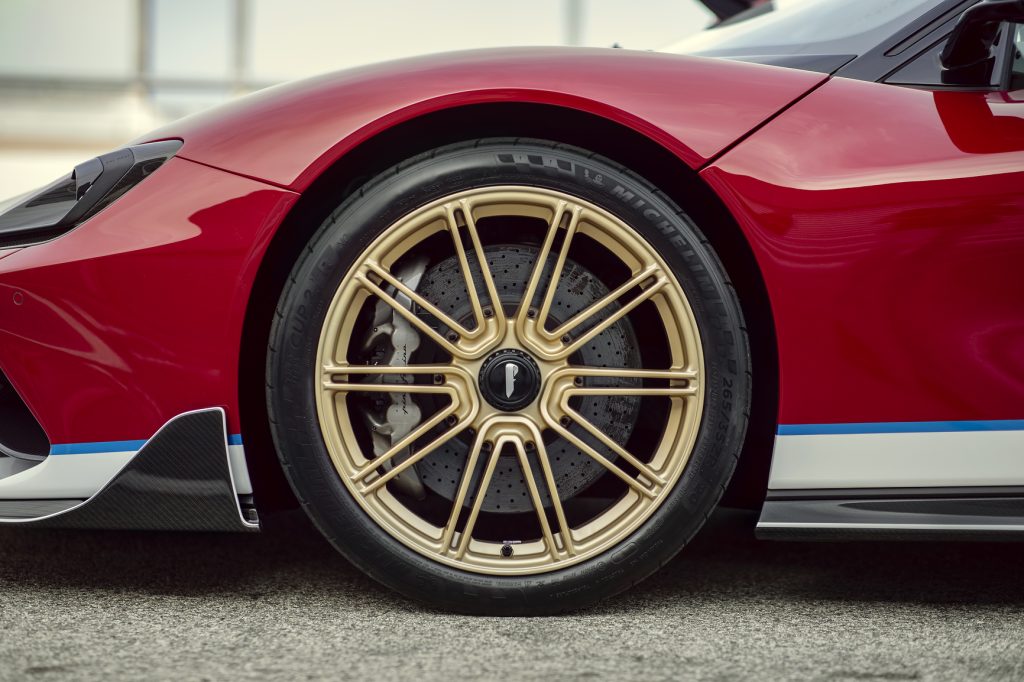
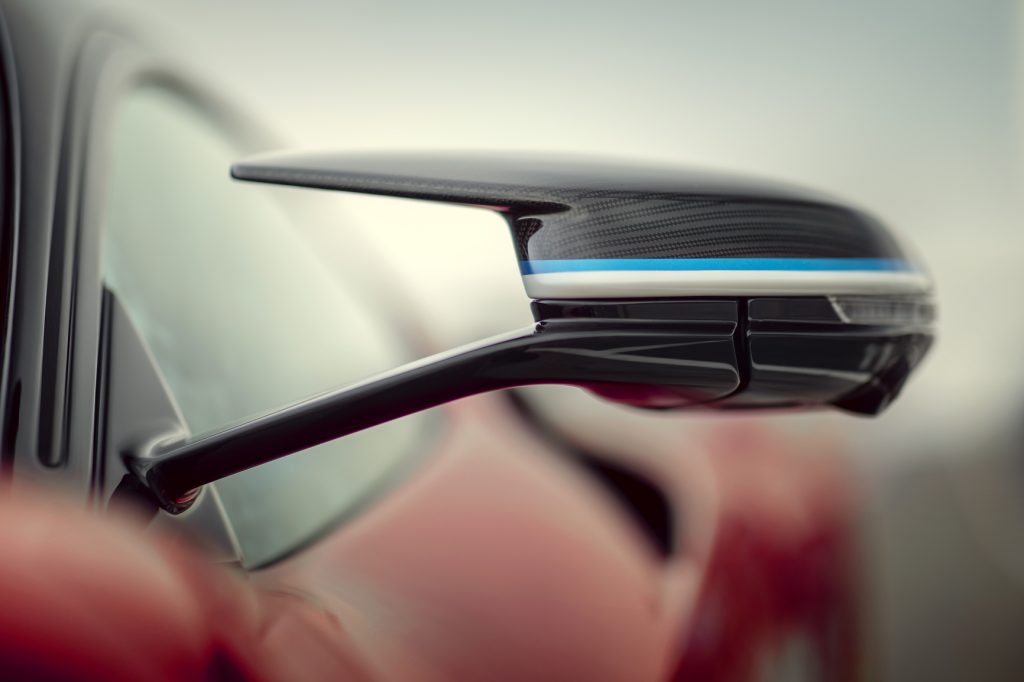
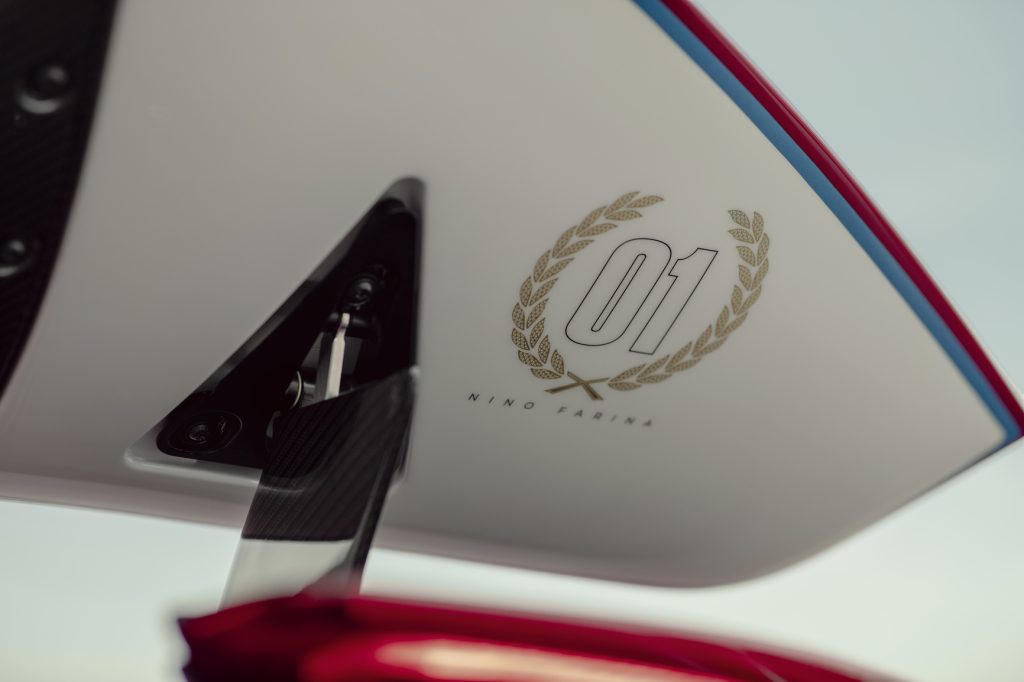
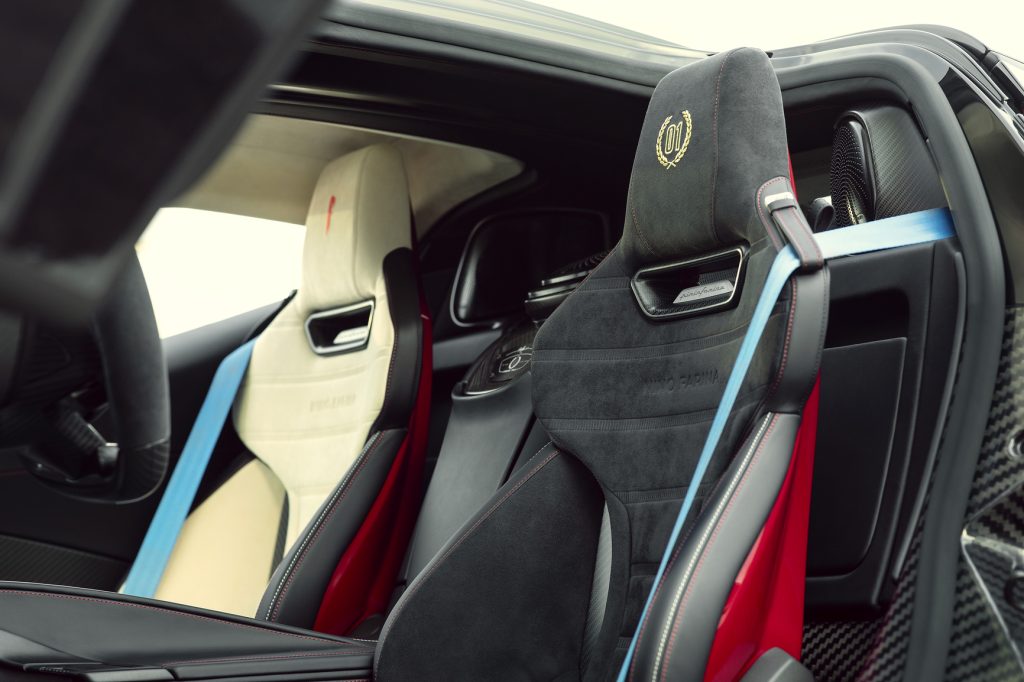
On the one hand, Pininfarina’s carmaking offshoot is only five years old, and you could forgive them for still trying to establish their brand identity, but look at their back catalogue and that was never their style. Each of the wonderful cars they bodied over nine decades, from the 1935 Alfa Romeo 6C Pescara to the Ferrari Testarossa, were individual cars of their time. Pininfarina never had a catchphrase as unsubtle as a certain-shaped grille or a funny roof, just the premise espoused by their creator, Battista ‘Pinin’ Farina that, ‘Above all, it must be beautiful.’
The Nino follows this design ideal, as chief designer Davide Loris Amantea explained. “It’s our Pura philosophy – you have to choose the right level of detailing, you need to balance the ingredients. We have a touch of the colour blue running in different areas through the car: the mirrors, a line along the body, the stitching on the seats but not too much. Small details.”
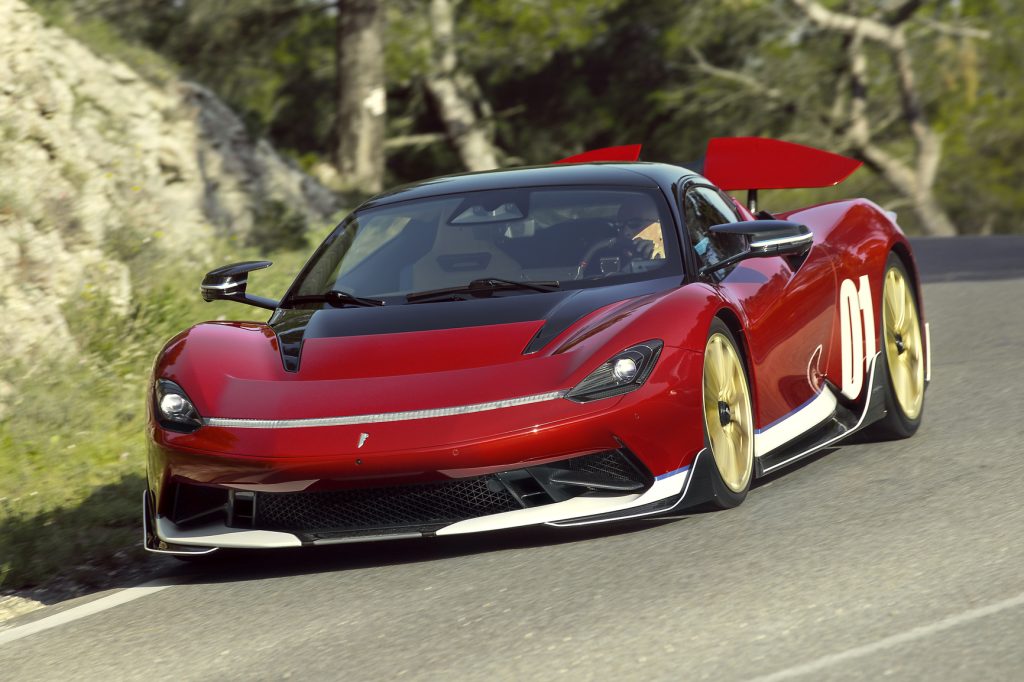
Take it all in, and Davide and his team have achieved that sense of purity. The unique colour for this edition is Rosso Nino, a deep red reminiscent of the racing hues of the historic racing Alfa Romeos but updated with a gold fleck that will, I’m sure, look better next month when the car is shown during Monterey Car Week than it did on a rainy Sussex Thursday afternoon. The wheels, coated in what Davide called ‘desaturated gold’, give the colour a perfect balance, and the hand-painted ‘01’ motif on the side finishes the job. With a price tag of €3.1M (plus local taxes), the Battista Edizione Nino Farina, limited to just five examples, is being pitched at the uber rich, those with style as well as deep pockets.
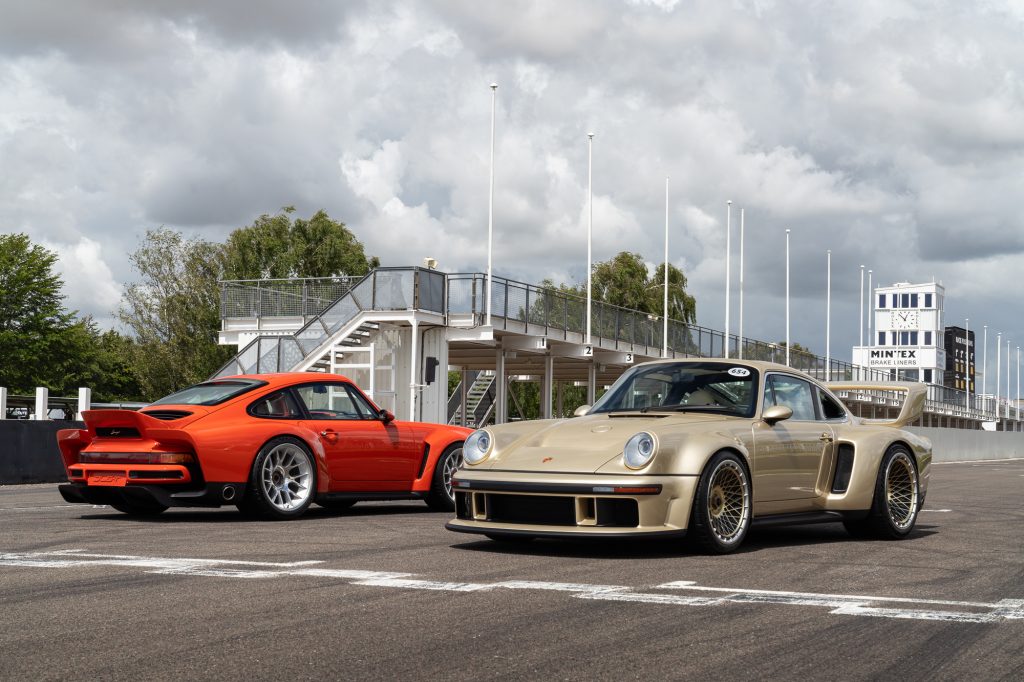
At the other side of the Goodwood paddock, nestling next to the Duke of Richmond’s Sussex-flint house, a very different car was being unveiled. This one was slightly less subtle in its styling than the Battista, but no less impressive in its engineering. Five years ago, I was blown away when Singer unveiled the Dynamics and Lightweighting Study reimagining of a 964-generation Porsche 911 at the 2018 Festival of Speed. I called the 500bhp DLS ‘the most advanced air-cooled Porsche 911 the world has ever seen’, but things have moved on a bit since then and that sort of pulling power now seems a little tame compared to the electric interlopers. So, Singer being Singer, the company decided to push it up to 11, and the DLS Turbo was born. With 700bhp now emanating from the back of what it is easy to forget is a classic Porsche, that’s twice as much grunt as the original, even in top M64 3.6 Turbo form.
Simply creating that much power from a 3.8-litre flat-six engine is extraordinary. Keeping it cool and focused on the road is an epic achievement, and one that founder and executive chairman Rob Dickinson and his team have managed with their usual combination of precise attention to detail, superb design, and cutting-edge engineering. Oh, and tyres. Big tyres: 345/30 R20 Michelin Cups on the rear, each one with the same surface area as a small country.
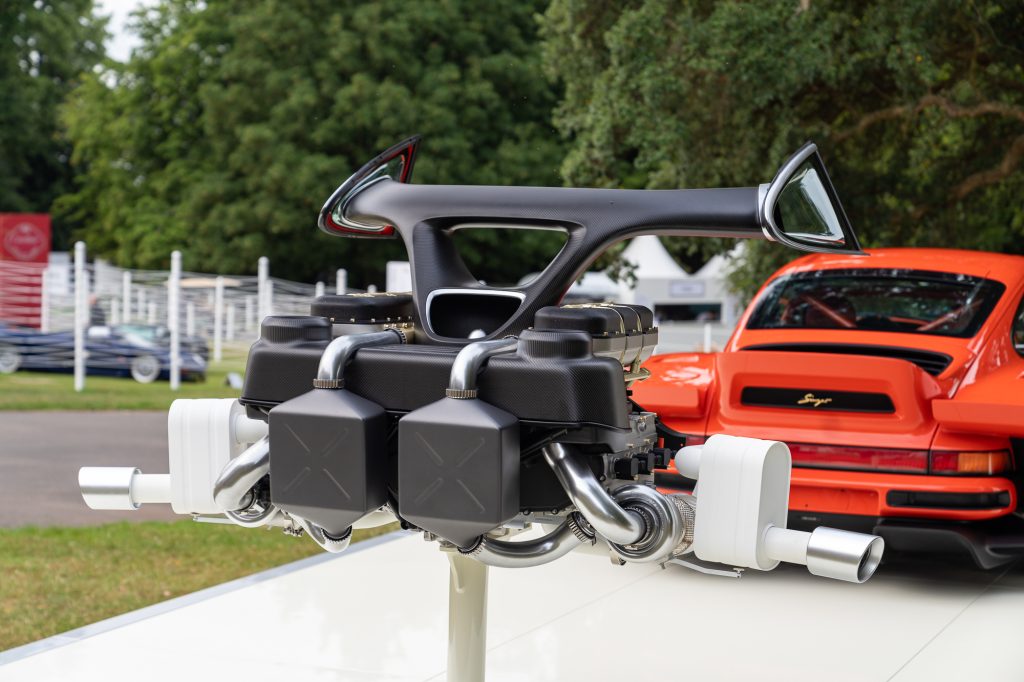
The DLS Turbo’s design inspiration isn’t subtle, either. The huge box rear wings that enclose those monstrous rims and rear spoiler are instantly reminiscent of the dominant 1977 Porsche 934/5, as Dickinson explained.
“The results of turbocharging our advanced four-valves-per cylinder, high-revving DLS engine have been quite spectacular, and combining it with all we have learned about lightweighting and vehicle dynamics has provided the perfect canvas to honour the Type 934/5 and its vital role in the genesis of the 911 as a racing car. This marriage of 21st century engineering with iconic design enables us to celebrate past and present in a road-going car.”
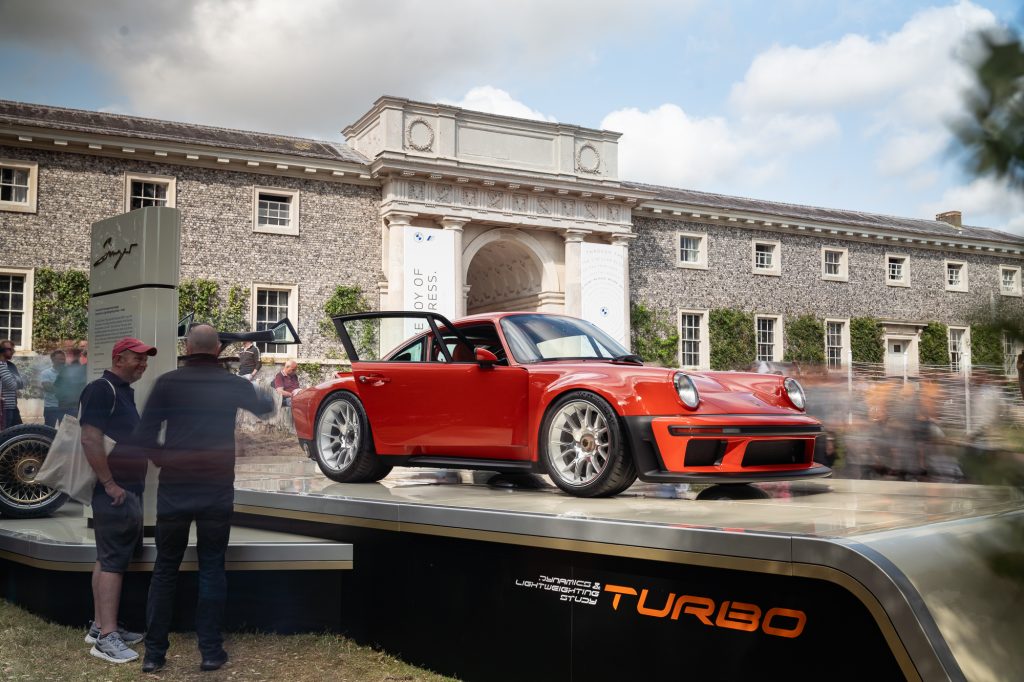
Comparing the two cars is almost impossible. The price point of the DLS-T (bespoke, so variable, but more than the standard $1.8M DLS retail) puts the prospective buyers of both in the ultra-high-net-worth category, but that’s about the only similarity. The Pininfarina is fully electric, elegant, subtle. The Singer really isn’t. Watch them both on track, and the difference is extraordinary: The DLS-T squats like a sumo wrestler ready to launch himself across the ring, and the noise… well, even without the full-development engine on show at Goodwood, the sound was phenomenal. Analogue perfection is what the DLS-T is all about. The Battista Nino Farina, meanwhile, is a silent assassin, past you with its enormous herd of horses before you even know it.
Taken together, however, they are the ultimate iterations of each builder, cars only Pininfarina and Singer are capable of producing. Cars for the collector who has everything. Almost everything, anyway.



